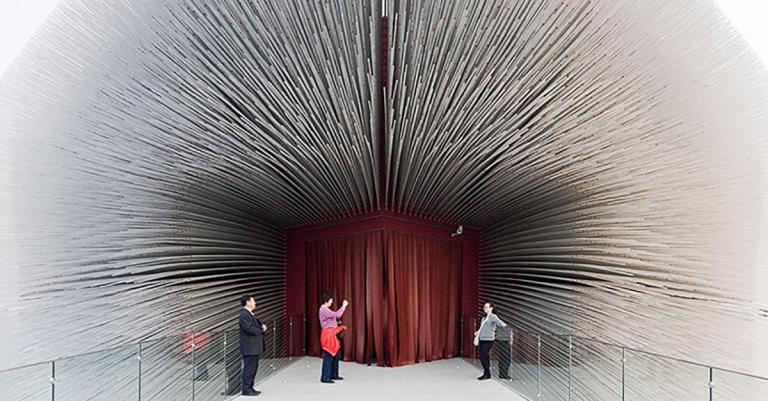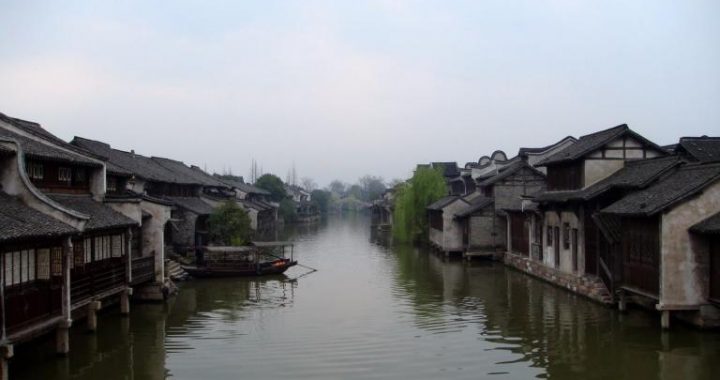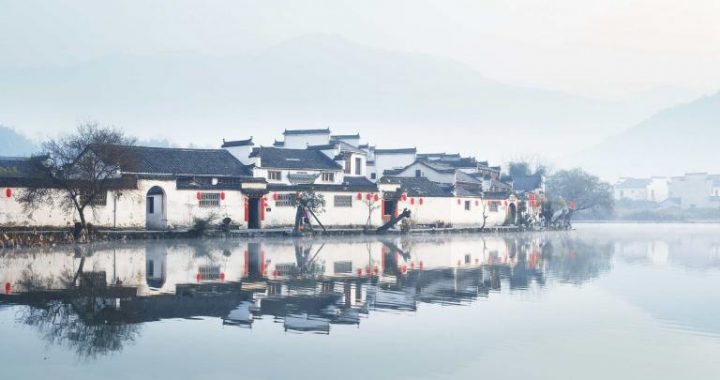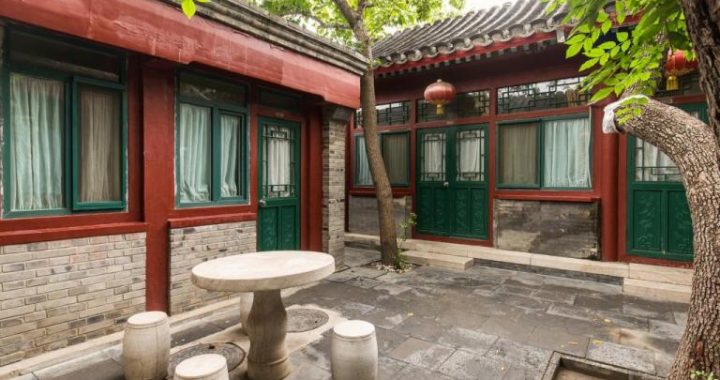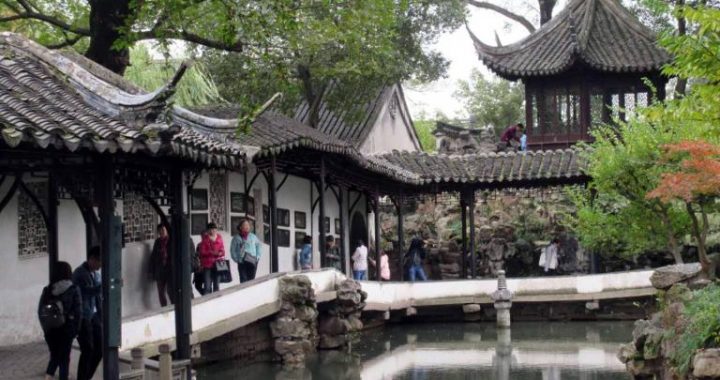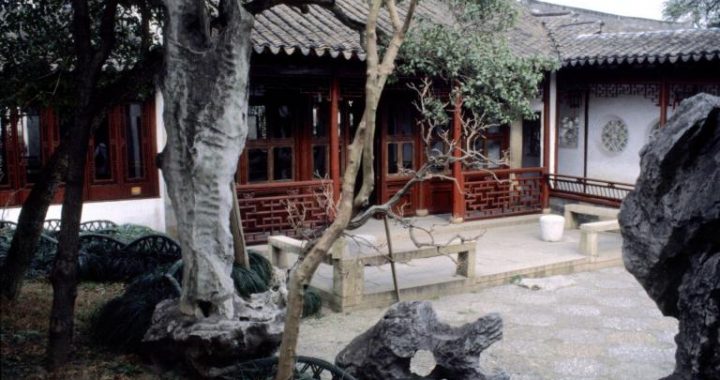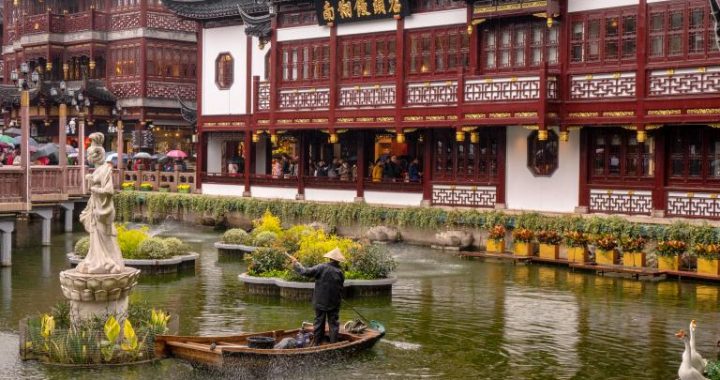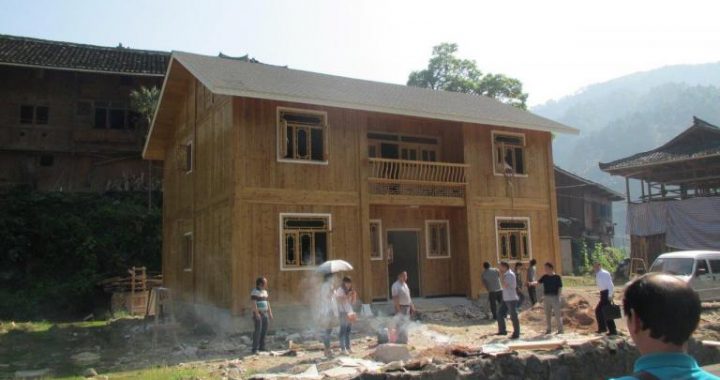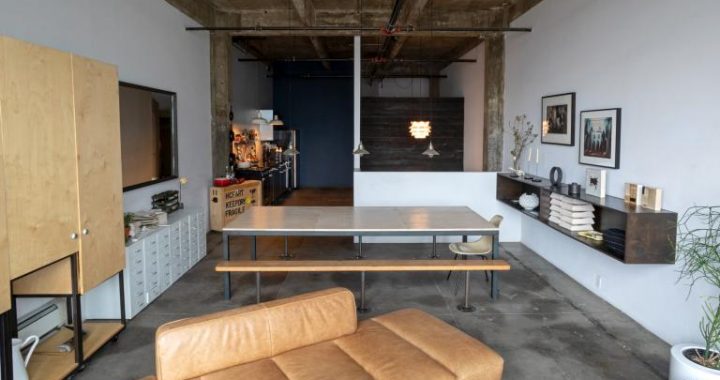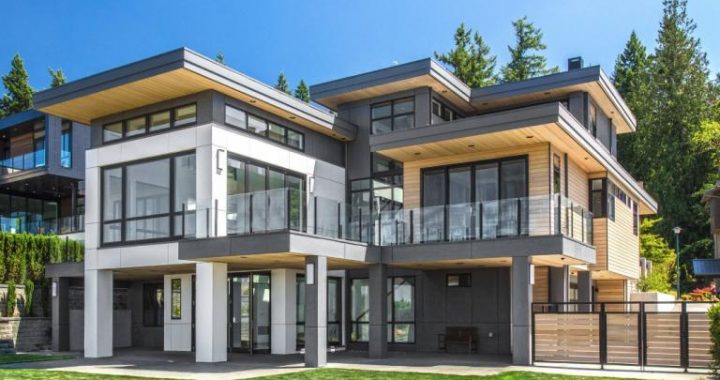Pursuit of Self-Modern Architecture
3 min readIn a sense,China’s modern artistic architecture is in a stage of gradual transition and growth,with the process of modernization playing a decisive role.In the contemporary period,modern architecture is in a stage of learnin from advanced Western architectural concepts and technology,while at the same time it is in the process of fusing Chinese and Western architectural culture.
In terms of modern architectural concepts,the major historical event of the founding of the PRC in 1949 is a milestone.The early 1950s saw the nationwide birth of a set of outstanding works of domestic modernist architecture.
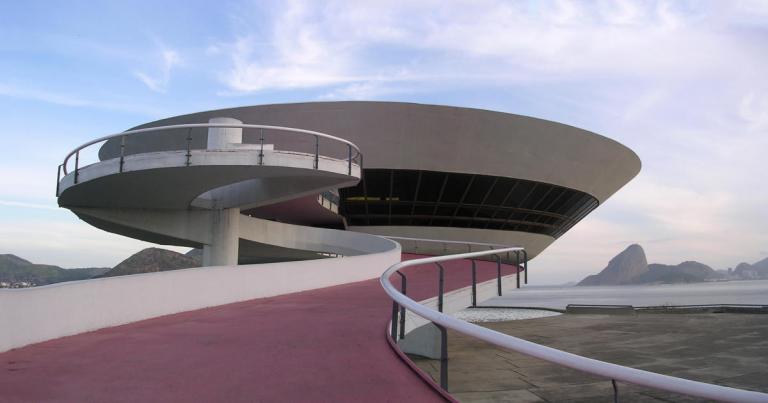
The People’s Republic of China was established on October 1,1949.From the perspective of political history,in 1949,everything in China,from its social system to the domestic and international political,economic,and cultural environment underwent tremendous changes.In the 1920s and 1930s,China’s first generation of architects began to put modernist architecture techniques into practice.The growth of modernist architecture ideology,as well as China’sobjective requirements of it,together formed the basis for the self-renewal of Chinese modernist architecture after 1949.The development of Chinese modernist architecture displayed a seamless historical continuity before and after the founding of the new Chinese nation.In the first half of the 2oth century,the course of China’s modernist architecture traveled through the gunpowder smoke and wounds of war,and by virtue of fresh hope and inspired vision gave birth to a new beginning.
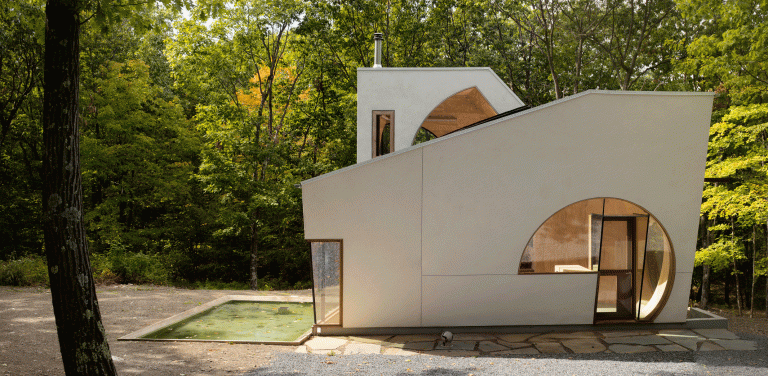
Between 1949 and 1957,the PRC national economy and worked underwent recovery and development.It was faced with healing the wounds of war,reinstating production and the two central tasks of ensuring stability and improving the standard of living.In addition,modernist architecture’s functionalism and opposition to ornamentation meant that design was to be used to change the lives of ordinary working people,while new building materials and tools were used to adapt to the requirements and principles of an industrializing society,all of which met the demands of these tasks.The early 1950s saw the nationwide birth of a set of outstanding works of domestic modernist architecture,for example the Sun Yat-sen Medical School’s biology building in Guangzhou(1953),the Beijing Children’s Hospital(1952-1954),Tongji University’s Wenyuan Building in Shanghai(1951-1953),the Wuhan Medical School’s hospital(1952-1953),the Tongji University faculty club(1956),and many others.
In 1959,to celebrate the 1oth anniversary of the founding of the People’s Republic of China,the central government decided to construct ten large-scale building projects in the capital.On September 5,1958 the government assessed the projects’architectural requirements,and on October 25 construction began.By October 1959,after only one year,the following 10 buildings had been miraculously completed:the Great Hall of the People,the Museum of Chinese Revolution and Chinese History(now the National Library of China),the Military Museum of the Chinese People’s Revolution,the Beijing Railway Station,the Beijing Workers Gymnasium and Stadium,the National Agricultural Exhibition Center,the State Guest House,the Nationalities Cultural Palace,the Nationalities Hotel,and the Overseas Chinese Hotel.This marked a mass movement in architectural planning that was nationwide in scope.Precisely because the nation focused on these”Top 10″buildings,the level of both design and construction was at its peak.Notwithstanding there was stil room for elaboration,borrowing and elevation.
